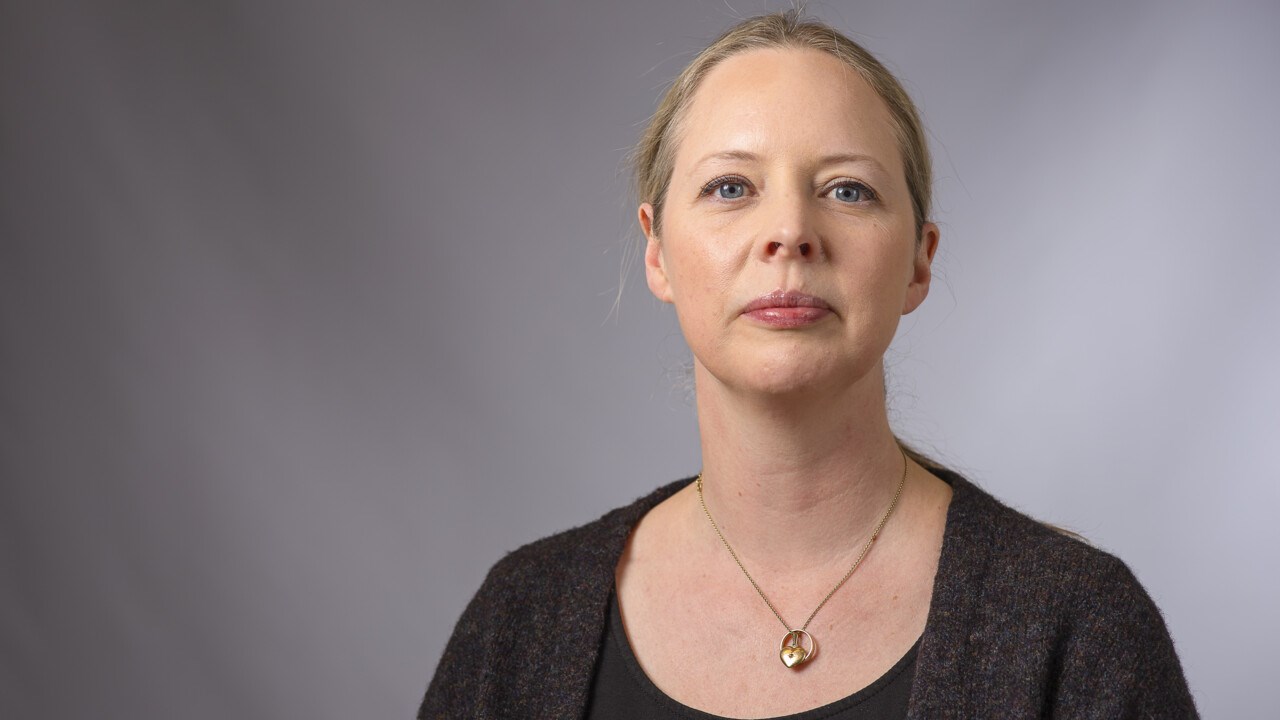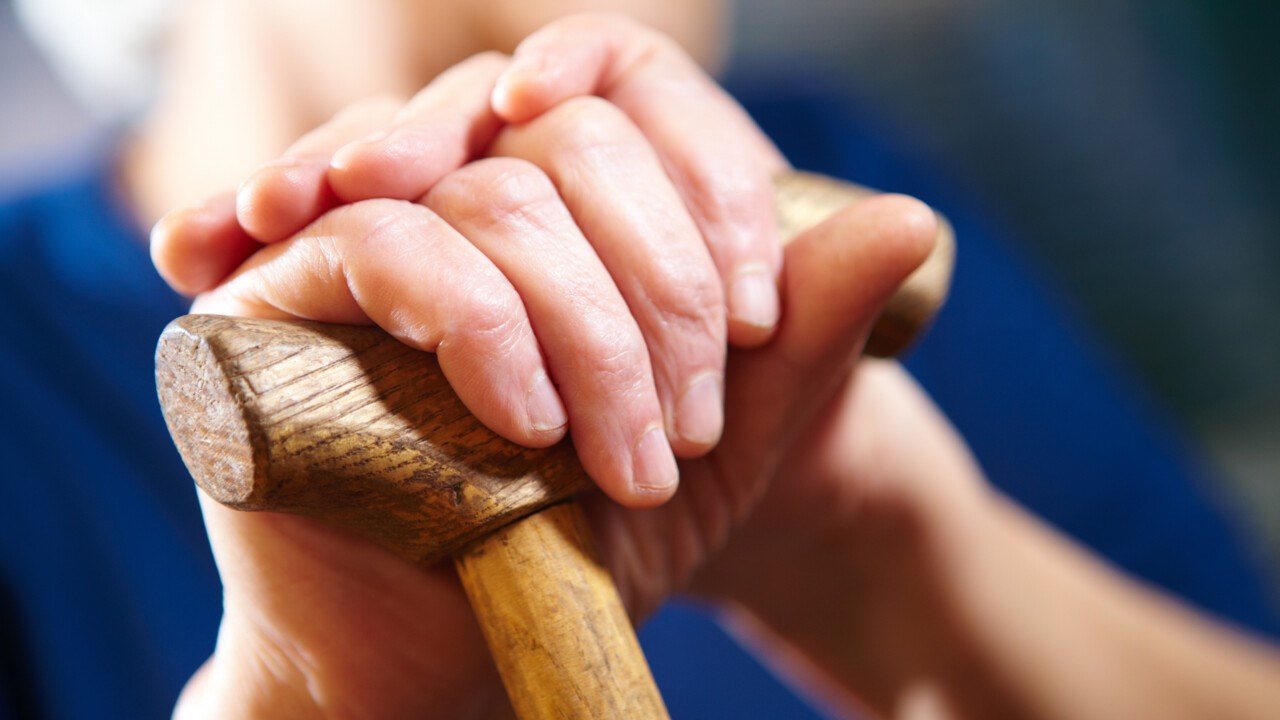NEWS Long COVID is a growing social problem in Sweden and the rest of the world. We still know very little about why some are affected, and how it can be cured. "We really need more research and an investment in this," says Anne-Marie Fors Connolly, docent of microbiology at Umeå University and physician who studies the long-term effects of COVID-19.
Thousands of Swedes have been diagnosed with long-term effects after having undergone COVID-19 infection, so-called long COVID or post COVID-19 syndrome. The knowledge gaps are still large about why the disease occurs and exactly how many people have been affected, as the number of unreported cases is believed to be large.
“In our research, we found almost 6 400 cases in Sweden, but only patients have been admitted to outpatient or inpatient care and have been diagnosed by doctors. We suspect a severe underdiagnosis,” says Anne-Marie Fors Connolly, docent of microbiology and research group leader at Umeå University and physician.
She is participating in a large European research project where COVID-19 effects on the nervous system are studied. For five years, the long-term neurological and psychiatric effects of COVID-19 infection are investigated. Umeå University is one of ten higher education institutions in seven countries that are part of the project. She has also received funding from the Swedish Research Council, where she leads a Nordic study on long COVID with partners from Denmark, Finland and Norway.

Anne-Marie Fors Connolly, docent of microbiology at Umeå University and physician who studies the long-term effects of COVID-19.
ImageHans KarlssonIn Sweden, the researchers use pseudonymised personal data from the Public Health Agency of Sweden, Statistics Sweden (SCB), the National Board of Health and Welfare and the Swedish Social Insurance Agency, and have data for over one million Swedish COVID-19 cases from the beginning of the pandemic until the end of May 2021. During this period, most of the population was not vaccinated.
“When you put together data for all the Nordic countries, we have almost 27 million individuals, with very historical data. There are not many other places in the world who have that,” says Anne-Marie Fors Connolly.
In order to obtain the most reliable results possible, all long COVID cases are compared with control individuals from the population: people who are close in age, gender and regional place of residence, as well as similarity in the severity of COVID-19 illness. For example, if the researchers look at a person with long COVID who has been treated in an intensive care unit (ICU) during their COVID-19 illness, they are compared with other COVID-19 patients who also received ICU care.
“When you have needed intensive care, there is a risk that you will suffer from problems afterwards, solely because you have received ICU care. We want to get around this by making these comparisons and sifting out what kind of problems are isolated to this particular patient group with long COVID.”
Many ICU patients found it easier to get into specialist care and thus be diagnosed with long COVID.
People who have become seriously ill with COVID-19 and needed hospital care run a greatly increased risk of being diagnosed with long COVID – as much as 18 times higher according to the data. Those who needed invasive ventilation – such as ventilator treatment – were at a 115-fold increased risk compared to those who did not need contact with specialist care (outpatient and inpatient clinics).
“But we have also been in contact with two patient associations, one American and one with Swedish doctors affected by long COVID, and they told us that many ICU patients found it easier to get into specialist care and thus be diagnosed with long COVID,” Anne-Marie Fors Connolly adds.
There is also an age aspect, which the researchers believe is reflected in who needed ICU care. People aged 60–79 ran a 25 per cent higher risk of getting long COVID than younger people, and for those over the age of 80 the risk was as high as 60 per cent. Women are at higher risk of long COVID, and people with other chronic diseases such as chronic obstructive pulmonary disease (COPD) were also at higher risk. However, these are only figures from specialist care, which has not mapped the entire patient group with long COVID.
People with post-secondary education seem to be affected to a lesser extent.

People aged 60–79 ran a 25 per cent higher risk of getting long COVID than younger people, and for those over the age of 80 the risk was as high as 60 per cent.
ImageMostphotosWhat causes long COVID is not really known. It can be residual virus in the body, but also that the COVID-19 onset has led to everything from blood vessel effects to consequences on the microbiota in the intestine. The theories are many.
“The underlying mechanisms are yet unknown, and the symptom and hypothetical mechanisms vary greatly. This makes it very difficult to treat,” says Anne-Marie Fors Connolly.
There is currently no treatment specifically for long COVID, only for the symptoms.
Patients with long COVID often suffer from neurological or respiratory symptoms. Shortness of breath, fatigue and malaise are common, and there is a greater proportion of long COVID patients with pulmonary embolism than with comparable COVID-19 patients with the same disease severity. But the symptoms can vary greatly, with everything from rapid heart rate and coughing to burning or prickling sensation in the body (paresthesia) or mild cognitive disorders, such as memory loss or difficulties concentrating.
Hope to help the patients around the world
The study is unique in that it looks at the entire population of Sweden, and that it concerns diagnoses made by physicians. These are not self-rated conclusions that the patients themselves have had to make. Nevertheless, Anne-Marie Fors Connolly wishes that more data was available centrally.
“The biggest weakness is that Swedish primary care data is not centralised. There is a lot of knowledge and information that we are missing out on. I would love to see a long-term investment in that.”
More mapping is needed at all levels to be able to help these patients. All parts of the health care system needs to be analysed, and we continue to invest in research to increase knowledge about long COVID, says Anne-Marie Fors Connolly.
“It’s very important to educate physicians about this problem. When a patient comes in, they may have had problems for a while before taking their symptoms seriously and seeking care. At that point, it’s important they are believed and get a diagnosis. But it's hard to diagnose something you don't know anything about, so we need to map out what it is that affects this part of the population, and hopefully find out the mechanisms behind it. Then we can better design a treatment for these patients. I also see it as a duty to be able to help the patients in the rest of the world using data we have in Sweden," she concludes.